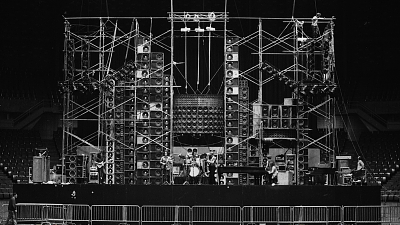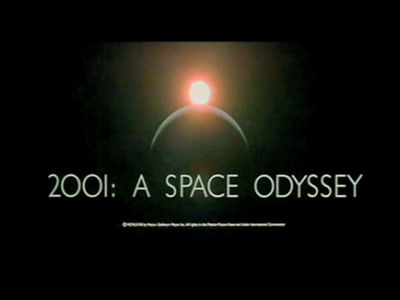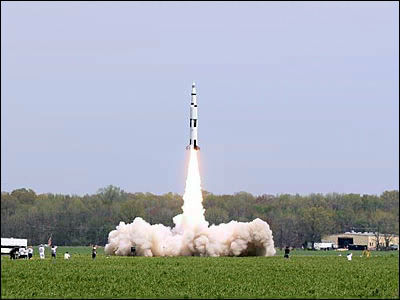What is the 'Wall of Sound' - a gigantic sound system made up of over 600 speakers developed by a Grateful Dead sound engineer?

The Audio Academy, a company that provides education in acoustic engineering, explained the 'Wall of Sound,' a sound system developed by an acoustic engineer in response to the
The Grateful Dead's Wall of Sound - Audio Academy Audio Legends
https://audioacademy.in/the-grateful-deads-wall-of-sound/
The Grateful Dead were a band that played at a time when acoustic problems in live music venues were mounting. As rock concerts grew in size, the audience numbers grew and the cheering got louder, creating an environment where low-wattage guitars and amplifiers could barely be heard.
In 1965, sound engineer Owsley Stanley met members of the Grateful Dead through Ken Kesey , who was famous for organizing the LSD tour .
Stanley, who became close with the band members and came to be known as 'Bear,' began working as the Grateful Dead's in-house sound engineer. In addition to supporting the band with his knowledge of sound, Stanley also designed the Grateful Dead's iconic 'skull and lightning bolt' logo with his best friend Bob Thomas.
Stanley recorded the acoustics of every Grateful Dead performance, improved the setup and mixes, repeatedly pointed out problems to the band members, and worked hard to correct basic acoustic problems. Eventually, not satisfied with commercially available speakers and amplifiers, he began modifying and building his own audio equipment with his student Tim Scully, and eventually founded his own company.
In 1969, while on LSD, Stanley came up with the idea of putting a sound system behind the band. He suggested that they could create a system that would allow the audience and the band to hear the same thing without delay or chaotic reverb. Stanley then worked with the Grateful Dead's sound team to create the giant sound system that would become famous for the Wall of Sound.

The Wall of Sound consisted of over 600 hi-fi speakers, with separate channels for vocals, rhythm guitar, and piano, and a system that could be configured to create 11 separate channels, with each speaker configured to carry only one instrument or voice at a time, which is said to have resulted in crystal clear audio without distortion.
The Wall of Sound solved many of the technical problems that sound engineers faced at the time. It was said that it reduced the burden on sound managers because each band member could adjust the sound in real time. The largest prototype was as tall as a three-story building and about 30 meters wide, making it the largest system of its kind in history. High-quality sound could be heard up to 200 meters away from the speaker, and low-quality but clear sound could be heard up to 400 meters away. The finished product debuted in 1974.
Early problems included feedback problems between speakers and microphones, and the effort required to physically install the huge system - the latter was particularly costly and nearly bankrupted the Grateful Dead. Eventually, the huge walls of sound were replaced by more manageable, cost-effective equipment.
'Either way, Stanley and the Grateful Dead's ideas and drive to perfection changed live sound forever,' the Audio Academy wrote.
Related Posts:
in Hardware, Posted by log1p_kr







